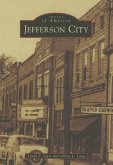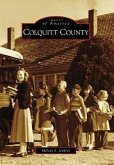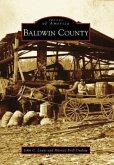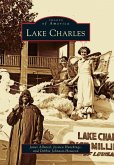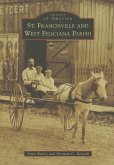During the 1900s, Lawrenceburg offered a textbook example of the things that make the small towns of the Bluegrass Region culturally and historically unique. The gently rolling topography is engraved with abandoned channels, caves, sinks, and springs and is deeply marked by the Kentucky River cutting through Ordovician limestone. The ability to use resources provided by the land determined the lifestyles of area residents prior to and during the 20th century. Agriculture, especially tobacco and dairy; bourbon, both before and after Prohibition; horses, especially saddlebreds; and small manufactories gave the economy diversity and stability. Local businessmen accepted leadership roles in the city and supported projects that improved recreation, safety, essential services, and the economy. Social groups promoted community projects, and churches met spiritual needs. Day-to-day life incorporated the interactions of the townspeople as they worked together.
Hinweis: Dieser Artikel kann nur an eine deutsche Lieferadresse ausgeliefert werden.
Hinweis: Dieser Artikel kann nur an eine deutsche Lieferadresse ausgeliefert werden.




